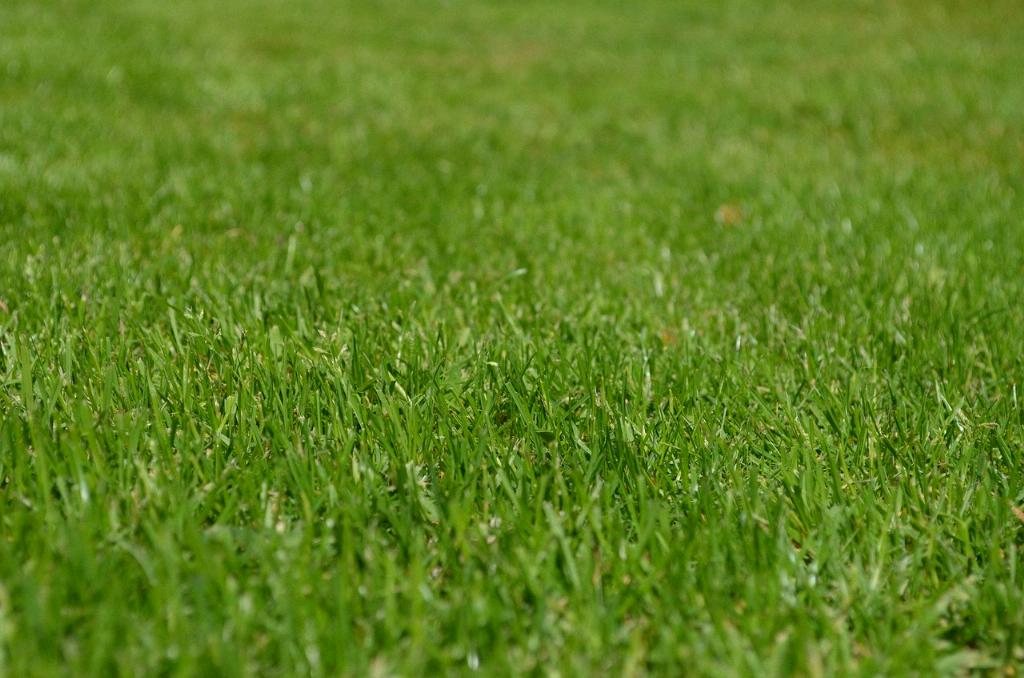When it comes to maintaining your lawn mower, proper care of the engine’s oil is essential for optimal performance and longevity. Regularly changing the oil ensures that the engine remains well-lubricated and free of any harmful contaminants that could potentially damage its components. However, many individuals find themselves unsure of how to properly drain the oil from their lawn mower. In this comprehensive guide, we will walk you through the step-by-step process of safely and effectively draining the oil out of your lawn mower.
Step 1: Preparation
Before beginning the oil draining process, it is crucial to ensure that the lawn mower is on a flat and level surface. This will prevent any potential spilling or uneven draining. Additionally, gather all the necessary tools for the task, including a drain pan, a socket wrench, and a funnel for pouring in the new oil.
Step 2: Locating the Oil Drain Plug
The first step in draining the oil from your lawn mower is to locate the oil drain plug. This plug is typically located on the underside of the engine and can be identified by its hexagonal shape. Use a socket wrench to loosen the plug and place the drain pan underneath to catch the oil as it drains out.
Step 3: Draining the Oil
Once the drain pan is in place, carefully unscrew the oil drain plug completely, allowing the old oil to flow out smoothly. Be mindful of any hot surfaces to prevent burns, and tilt the lawn mower slightly to ensure that all the oil is drained out completely. It is important to let the oil drain out fully to avoid any residue remaining in the engine.
Step 4: Removing the Oil Filter (If Applicable)
Some lawn mowers may have an oil filter that needs to be replaced during an oil change. If your lawn mower has an oil filter, locate and remove it after draining the oil to ensure maximum cleanliness of the engine. Be sure to have a new filter on hand to install after draining the oil.
Step 5: Recycling the Old Oil
Proper disposal of the old oil is crucial for environmental protection. Once all the oil has been drained from the lawn mower, transfer it into a sealable container for recycling at a local recycling center or automotive shop. Avoid pouring the oil down drains or into the ground.
Step 6: Reinstalling the Oil Drain Plug
After ensuring that all the old oil has been properly drained and recycled, it is time to reinsert the oil drain plug. Tighten the plug using the socket wrench to prevent any leaks during the next use of your lawn mower. Making sure the plug is secure is key to avoiding oil spills and engine damage.
Step 7: Adding Fresh Oil
Once the oil drain plug is securely in place, it is time to refill the engine with fresh oil. Using a funnel to avoid spills, pour in the recommended type and amount of oil for your specific lawn mower model. Refer to the owner’s manual for the correct oil specifications.
Step 8: Checking the Oil Level
After adding the new oil, it is important to check the oil level using the dipstick. Insert the dipstick into the oil fill tube, remove it, and inspect the oil level. Ensure that the oil level falls within the recommended range on the dipstick to prevent overfilling or underfilling the engine.
Step 9: Cleaning Up
Before starting your lawn mower, clean up any spilled oil or debris around the engine area to prevent any potential fire hazards. Dispose of any used rags or materials in an appropriate manner and store your tools in a safe place for future use.
Step 10: Starting the Lawn Mower
With the fresh oil in place and the engine area cleaned up, you are now ready to start your lawn mower. Pull the starter cord or turn the ignition key depending on your mower’s starting mechanism. Allow the engine to run for a few minutes to circulate the new oil throughout the system.
Step 11: Regular Maintenance
Regularly changing the oil in your lawn mower is a crucial part of its maintenance routine. Consider setting a schedule to change the oil after a certain number of mowing hours or as recommended by the manufacturer. Keeping up with regular oil changes ensures the longevity and efficiency of your lawn mower.
Step 12: Enjoying a Well-Maintained Lawn Mower
By following these steps to drain the oil from your lawn mower, you are taking proactive steps to maintain the health and performance of your equipment. With clean and properly lubricated engine components, your lawn mower will continue to operate smoothly, allowing you to enjoy a well-manicured lawn for years to come.

